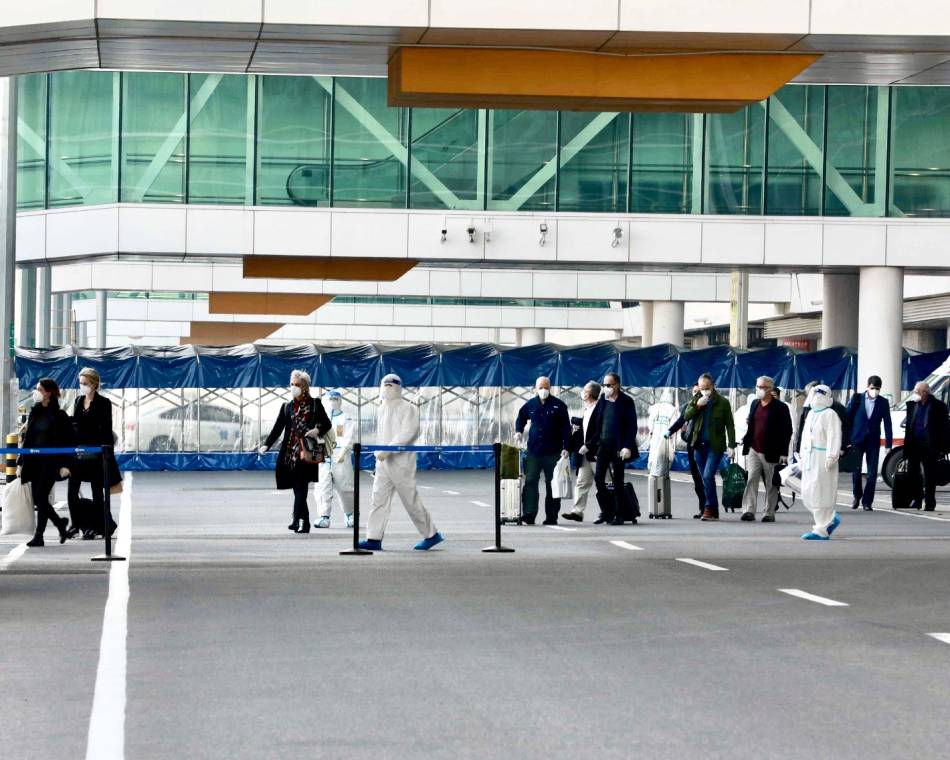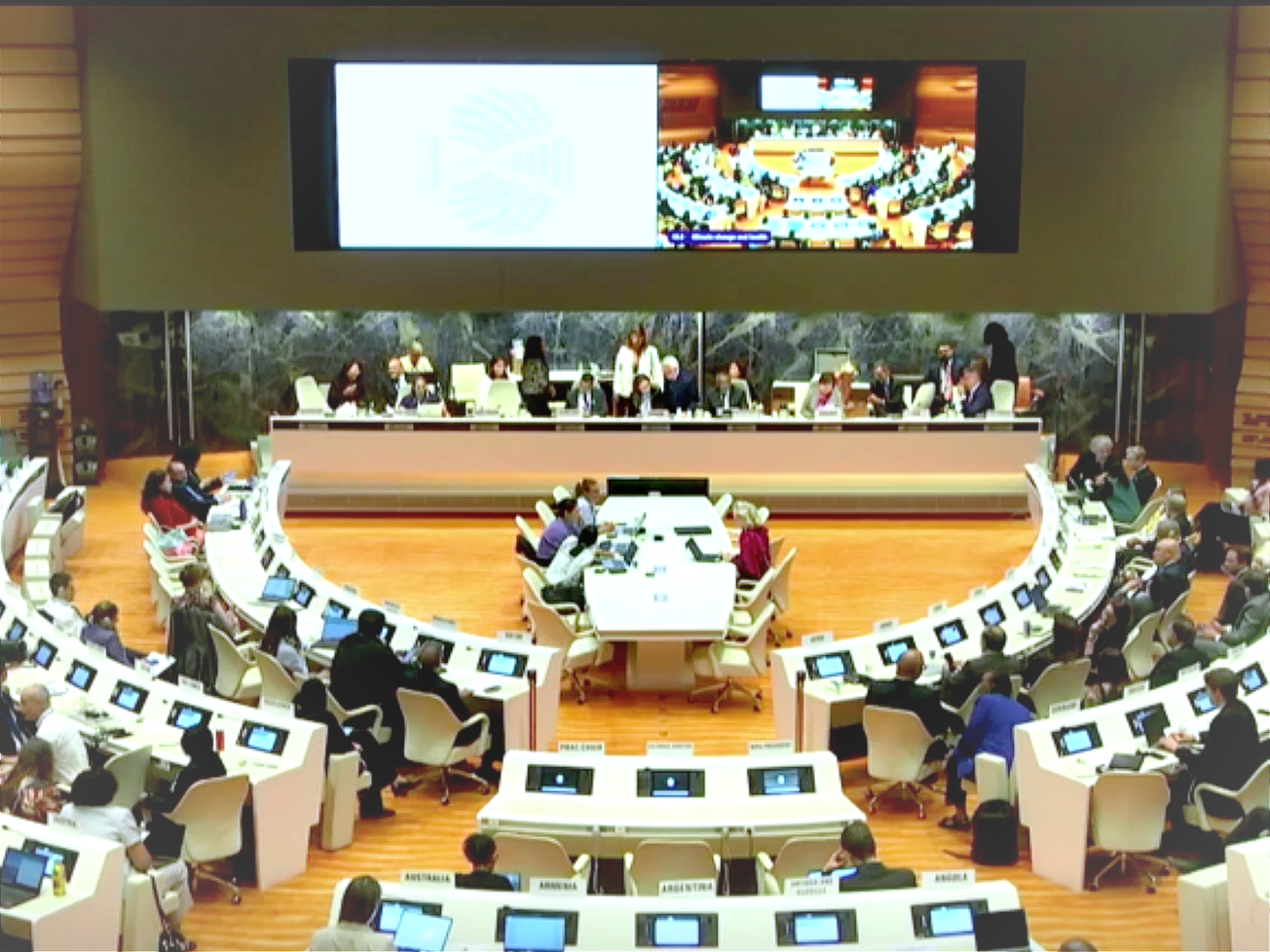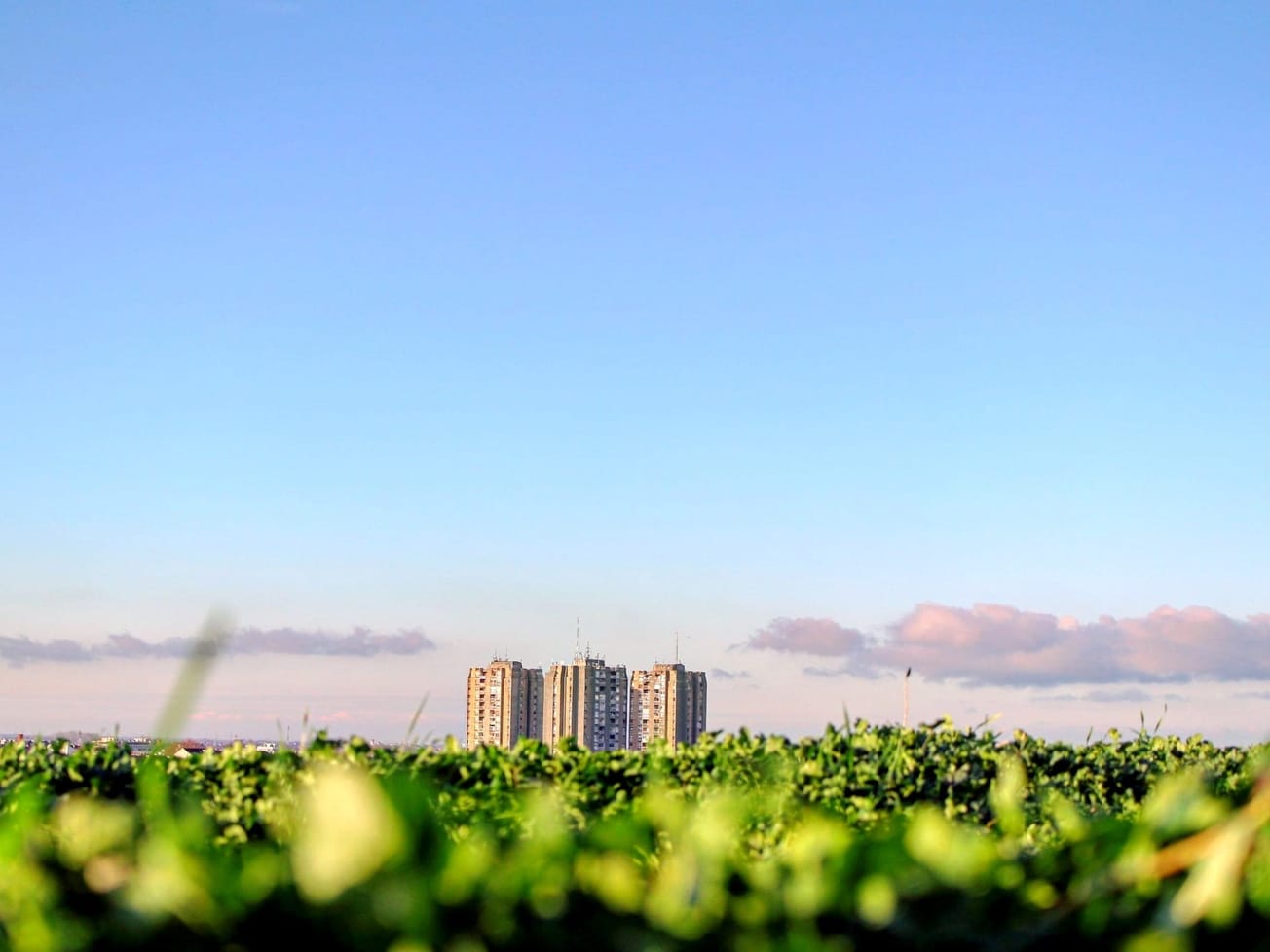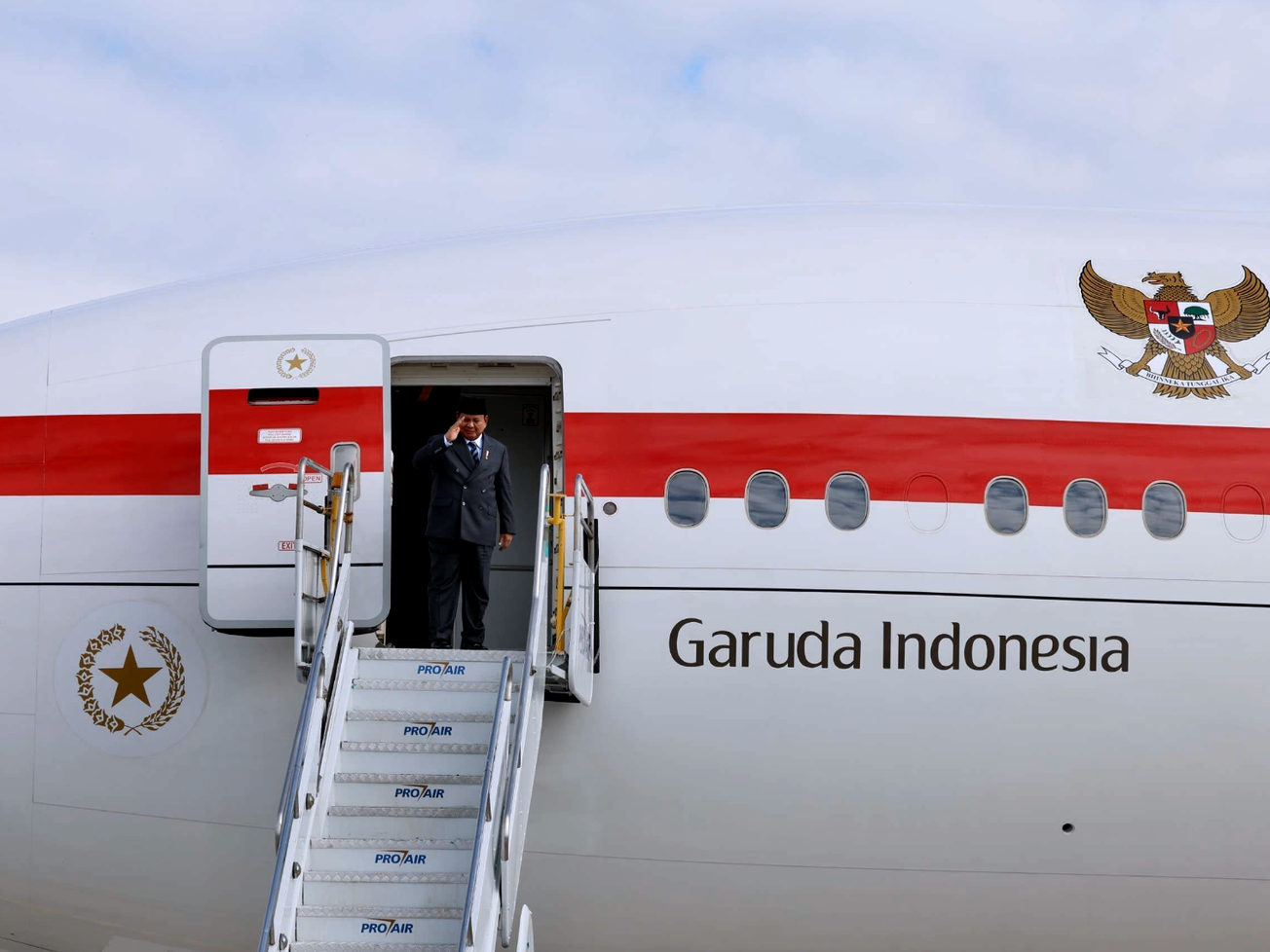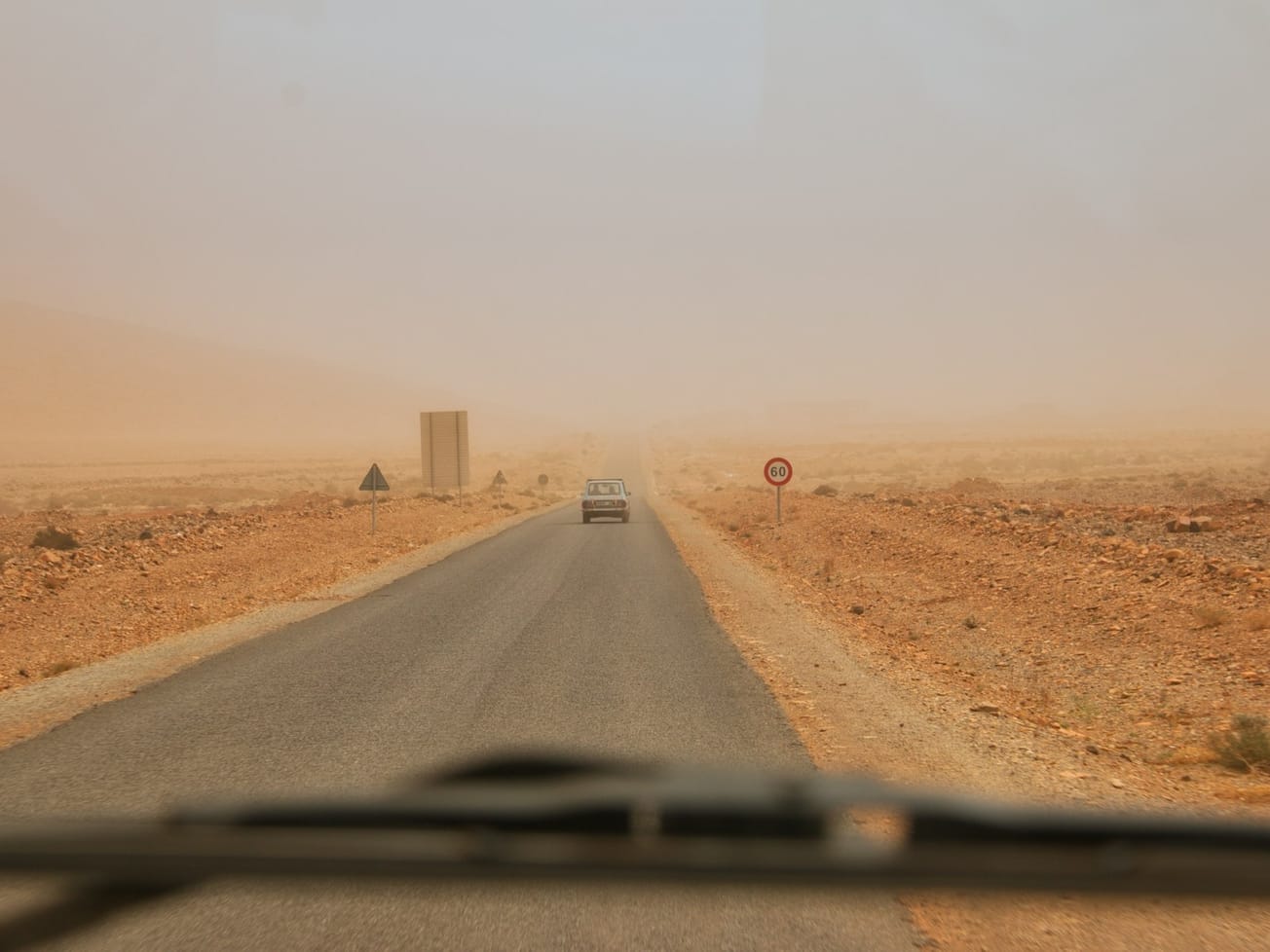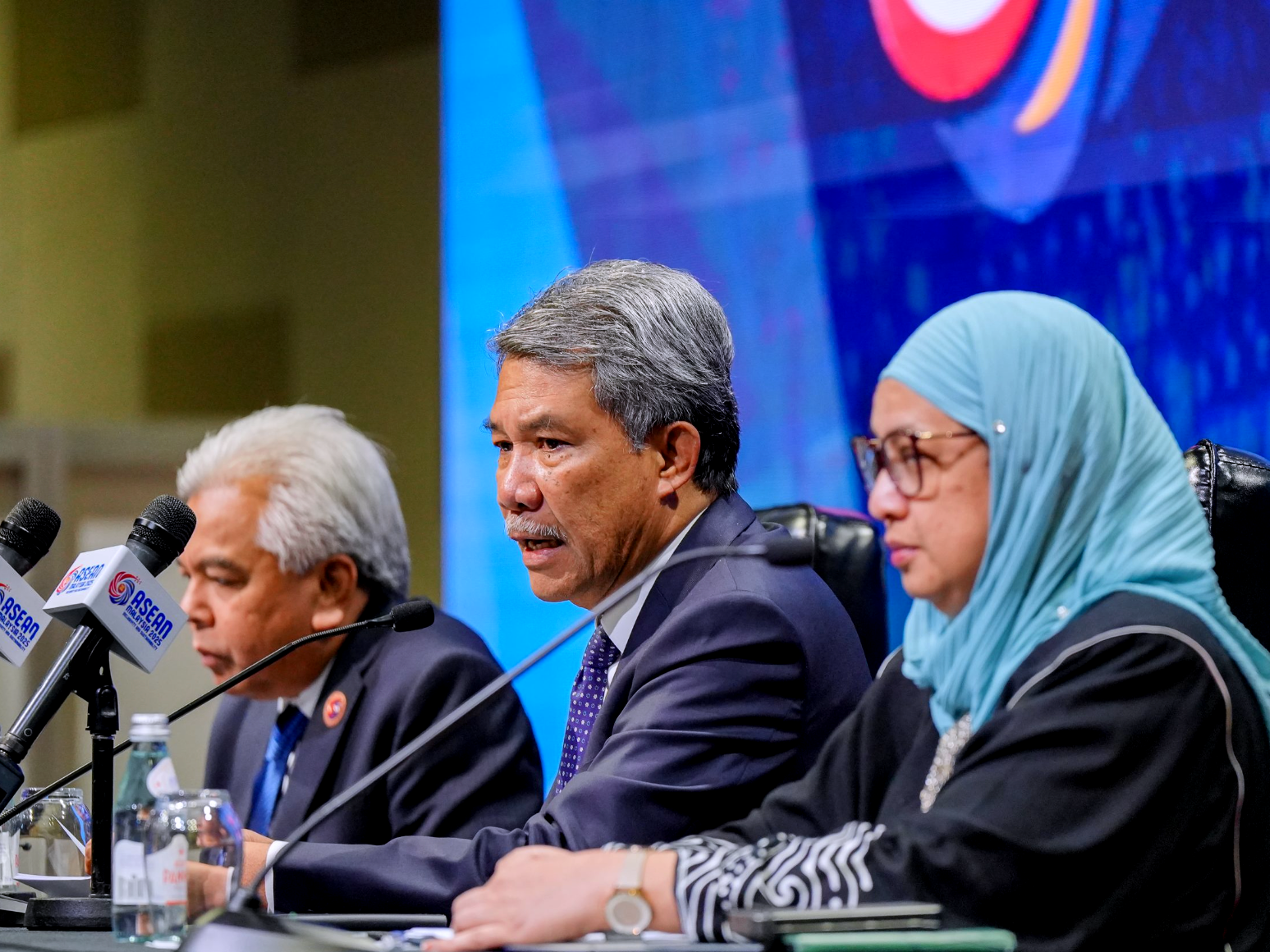GENEVA (AN) — After two years of mostly discounting the so-called lab leak theory of how the pandemic began, the World Health Organization released an eagerly awaited report recommending "further investigations into this and all other possible pathways."
A scientific advisory panel's 44-page preliminary report marks a distinct shift from an assessment last year by a WHO-led team of experts that the lab leak hypothesis — initially labeled a conspiracy theory — was "extremely unlikely," though the panel finds the strongest evidence still points to an outbreak caused by zoonotic transmission: an infectious disease transmitted between species from animals to humans, or vice versa.

